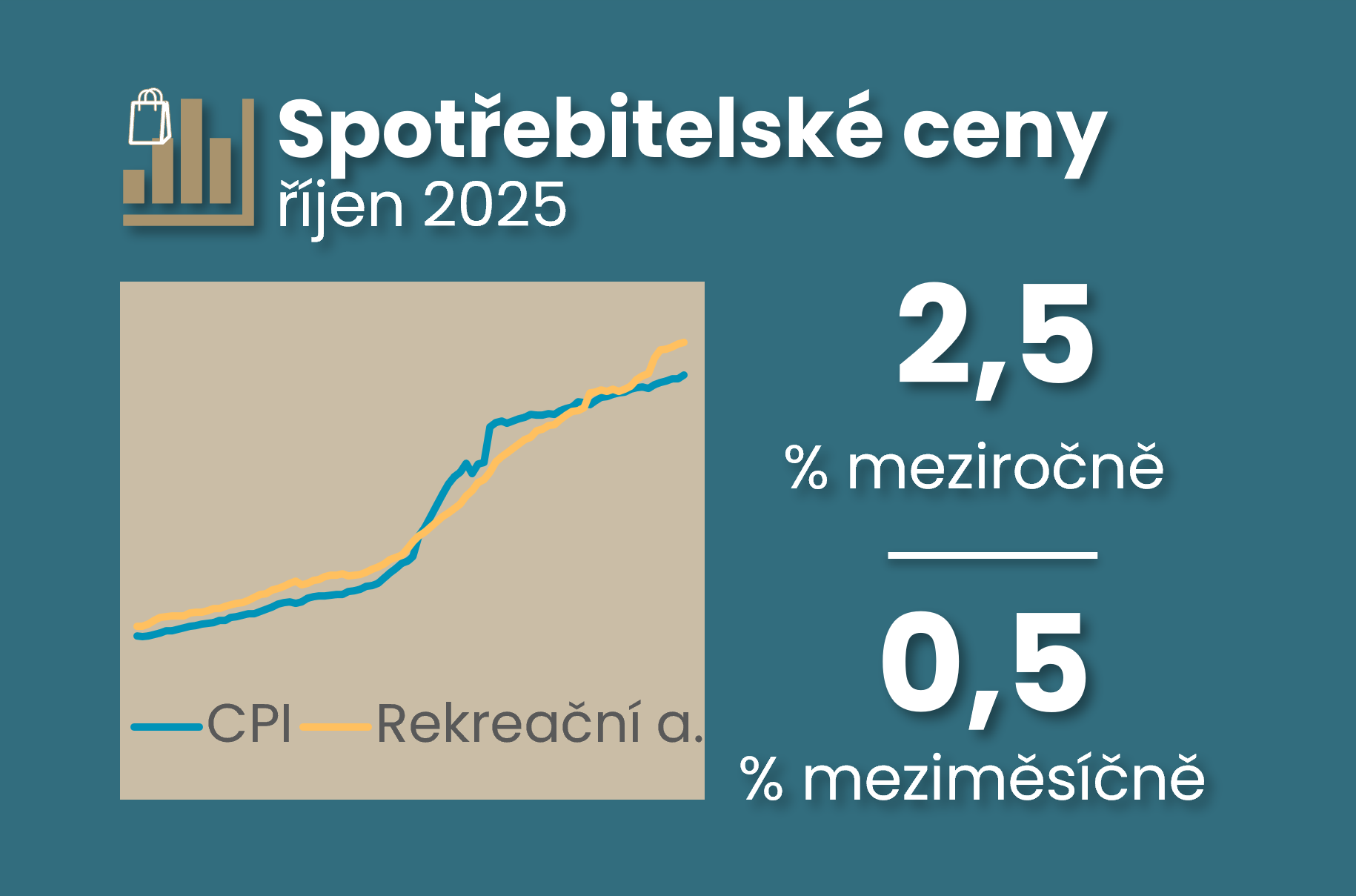Unemployment
4.70
% (08-2025)
Share of unemployed persons (registration, sa)
3.10
% (08-2025)
General unemployment rate (trendcycklus)
Unemployment
(%)
Comments
October consumer inflation at 2.5% and continued rise in unemployment keep CNB on tenterhooks
Comment by Jaromír Šindel, Chief Economist of the CBA: October consumer inflation not only confirmed a more pronounced shock from higher food prices, but also showed higher prices of transport services and prices of means of transport as part of core inflation. In the longer term, it is worth noting that imputed rental prices have already caught up with the previous inflation shock, and the same has been true for a few months for holiday prices. Thus, the higher October inflation and unemployment data will not help the central bank or the market resolve its dilemma of the next interest rate move.
July details of softer headline and core inflation look promising, registered unemployment less so
Economic commentary by Jaromir Šindel, Chief Economist of the CBA (adjusted for published data on core inflation from the CNB and registered unemployment data, 18:00 8 August)
Strong June year-on-year consumer price growth masks weaker month-on-month services price growth
Economic commentary by Jaromir Šindel, Chief Economist of the CBA
May confidence in the economy: despite all the setbacks, we're moving on
Economic commentary by Jaromir Šindel, Chief Economist of the CBA
Core inflation did not contribute to the April inflation slowdown
Economic commentary by Jaromir Šindel, Chief Economist of the CBA
Significant slowdown in April consumer inflation to 1.8% yoy, but still strong core inflation growth
Economic commentary by Jaromir Šindel, Chief Economist of the CBA





